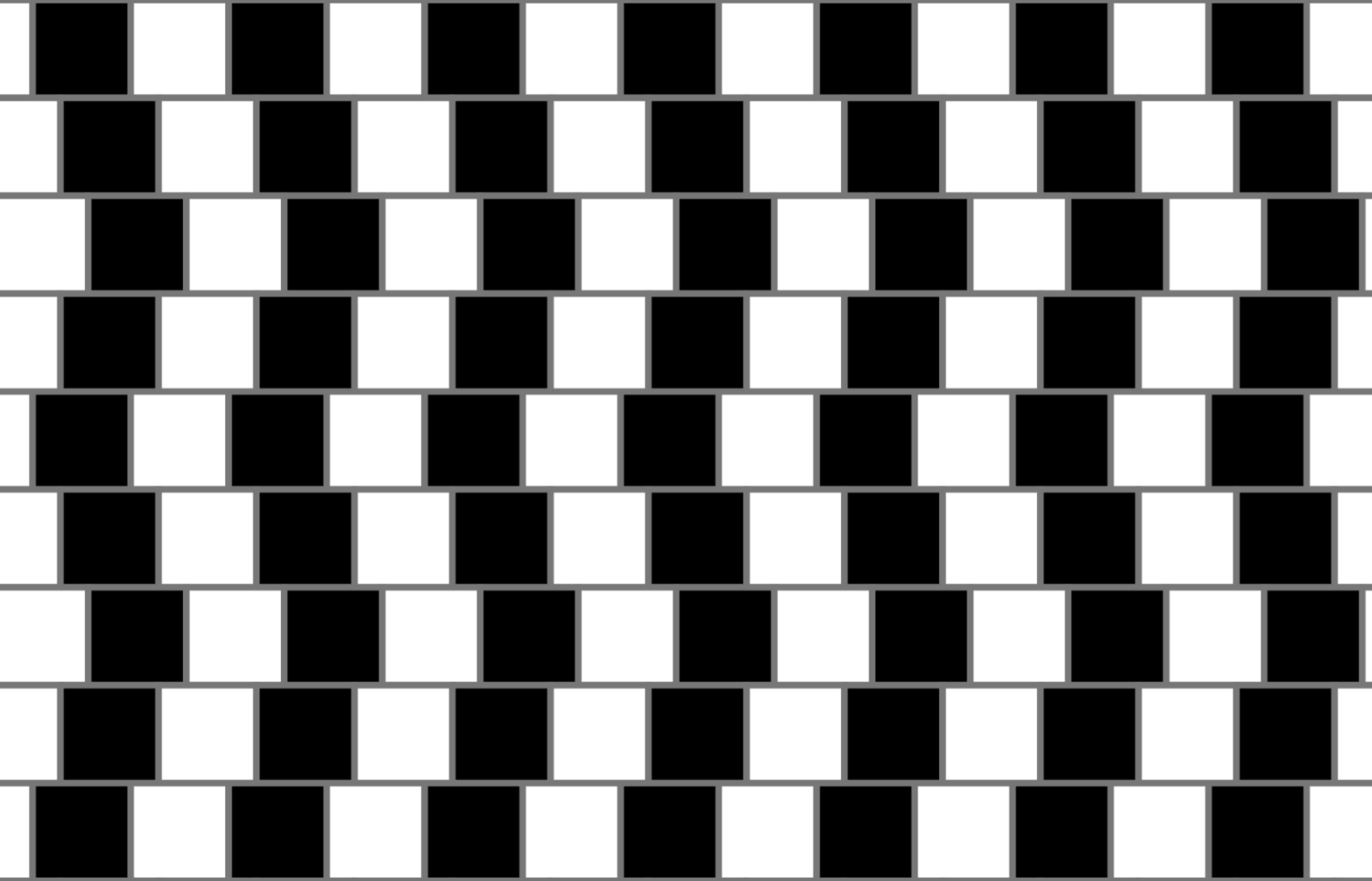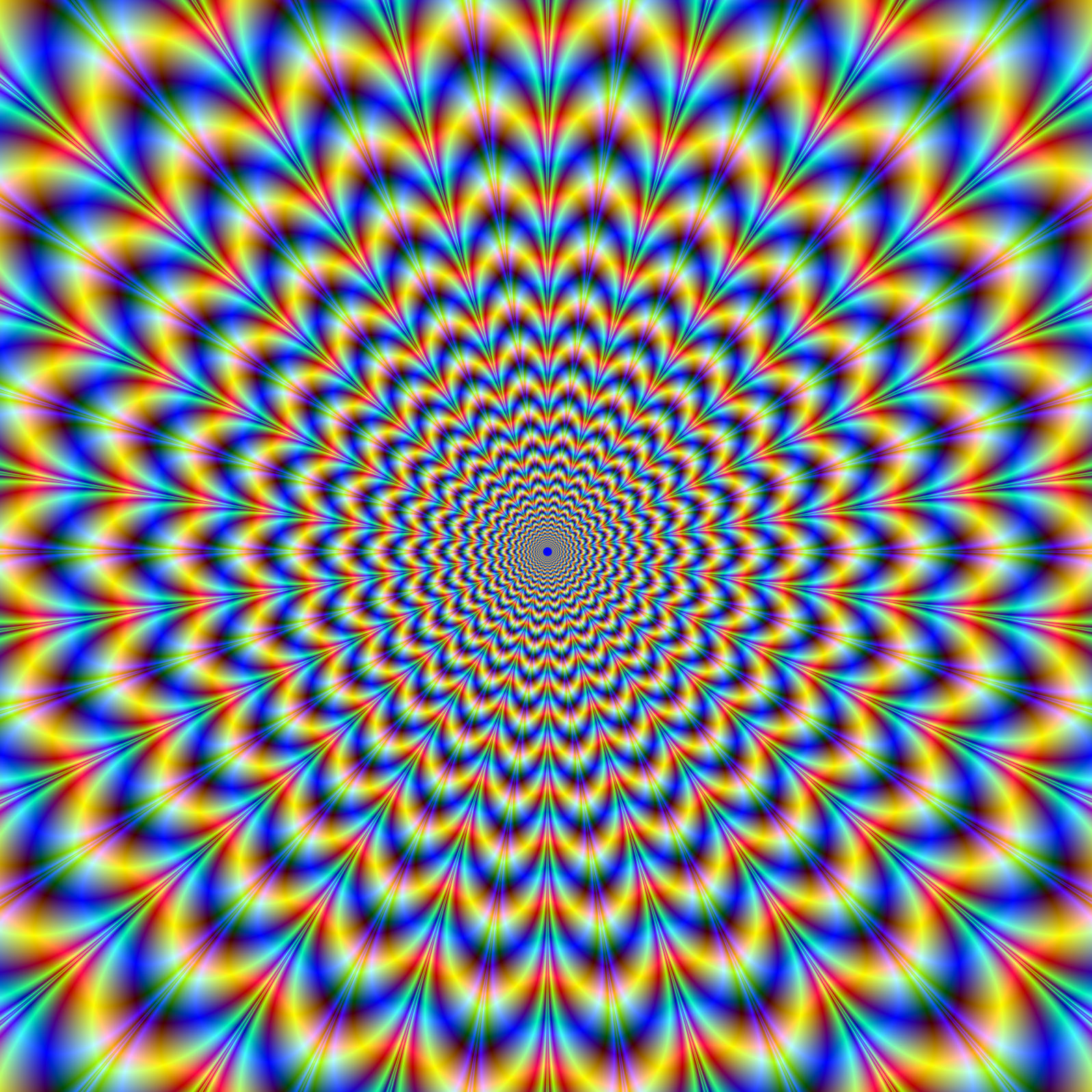Optical Illusions: What Causes Them? Try Some Out!
Illusions can be literal, physiological, or cognitive, depending on which aspect of your brain is the object of a con job on your visionAbigail Howell, a biomedical student at ArizonaState University, explains that there are three different types of optical illusion, in which the brain incorrectly interprets what the eyes are seeing:
Literal optical illusions are often produced by putting together a collection of multiple images. Each individual image may be easy to see, but the images together may look very different than the originals. This is accomplished through what is known as the “filling-in phenomena.” When the eye sends visual information to the brain, the brain chooses what parts to focus on. Depending on the focus, different layers of the image may be seen.
Abigail Howell, “Ask a biologist: What causes optical illusions?” at ArizonaState University
She offers as an example of a literal illusion, “Earth” (1570) by Giuseppe Arcimboldo (1527–1593):

We may see the animals before we see the old man’s face because we focus on and interpret them first.
Physiological illusions, she tells us,
… cause a person to see parts of an image that are not actually there. These images often have multiple copies of the same image or pattern. The repeating pattern of the image will activate the same pathways of the visual system no matter where the eyes focus. This overloads the visual system, creating the optical illusion.
Abigail Howell, “Ask a biologist: What causes optical illusions?” at ArizonaState University
The Cafe Wall illusion is a good example. The lines look like they are moving but they aren’t.

Then there are cognitive illusions:
Cognitive illusions use a person’s assumptions about the world to create optical illusions. These illusions do not rely on any kind of biological mechanism. Rather, they defy a person’s traditional thinking, creating an image that seems to break the rules that we’ve learned for physical items.
Abigail Howell, “Ask a biologist: What causes optical illusions?” at ArizonaState University
Here’s a cognitive optical illusion based on the assumption that one monster “must be” much bigger than the other:
Here’s the black hole optical illusion.
Here is a Top 10 parade of optical illusions:
A neuroscientist goes into more detail about why our brains get tricked:
And here are fifty more optical illusions to have fun with.
Essentially, our brains — which would otherwise be overwhelmed — take shortcuts with the information they feed to our minds. Clever illusions like these reveal the shortcuts.
Now give your eyes some rest!
